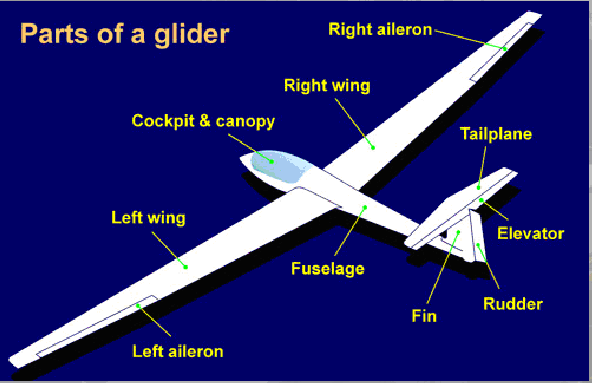
Balsa-wood gliders
We are going to be designing, building, and flying our own balsa wood gliders. There are several things to consider and understand before you begin. See some examples of finished gliders
Parts of the glider -
 |
Center of gravity - the point where your glider will balance. If the center of gravity is too far forward, the plane will dive down. If the center of gravity is too far back, the plane will try to go up and stall. You can add clay to the front or back to balance the center of gravity just under the front wing (the red triangle below).

Wing shapes - There are three basic wing shapes
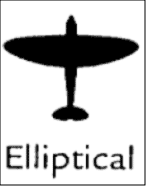 Elliptical - Ideal for slow speeds, but difficult to build |
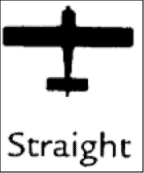 Straight - Not as efficient as the elliptical, but easy to build |
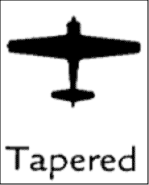 Tapered - Most effective at high speeds. Has the best characteristics of both, but hard to build correctly |
|
Forces that act upon a plane
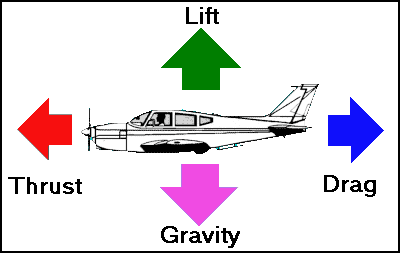 Lift is the upward force caused by the air going over the wing |
Cross-section of the wing -
• Leading eges are rounded |
See some examples of finished gliders